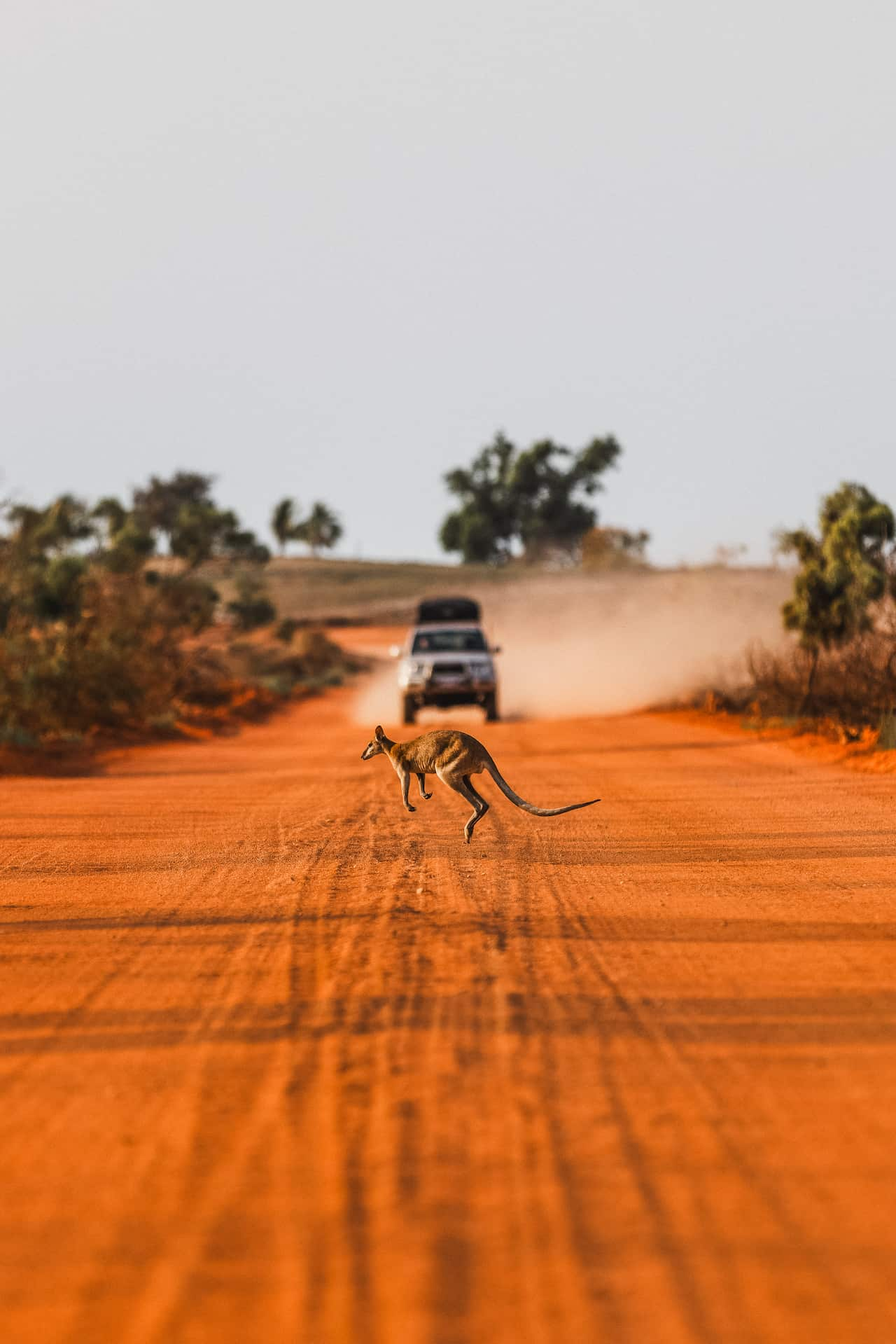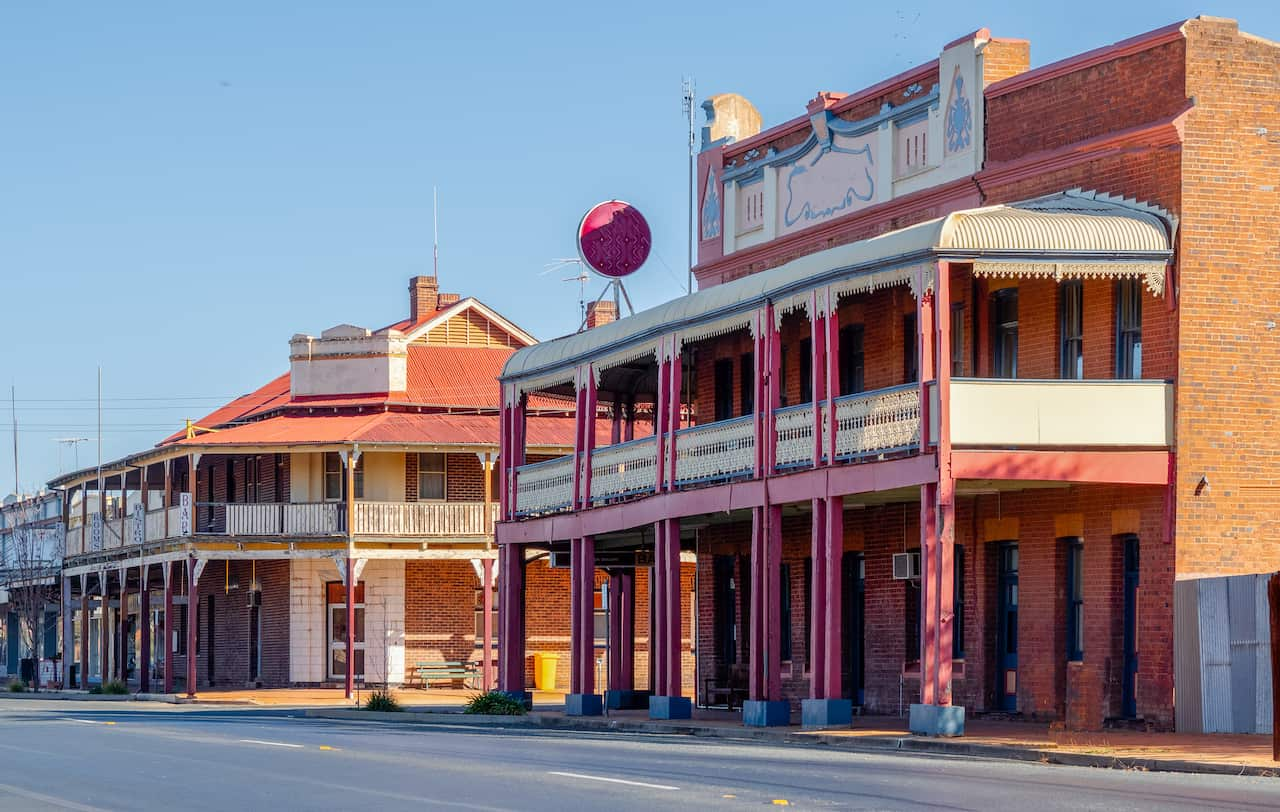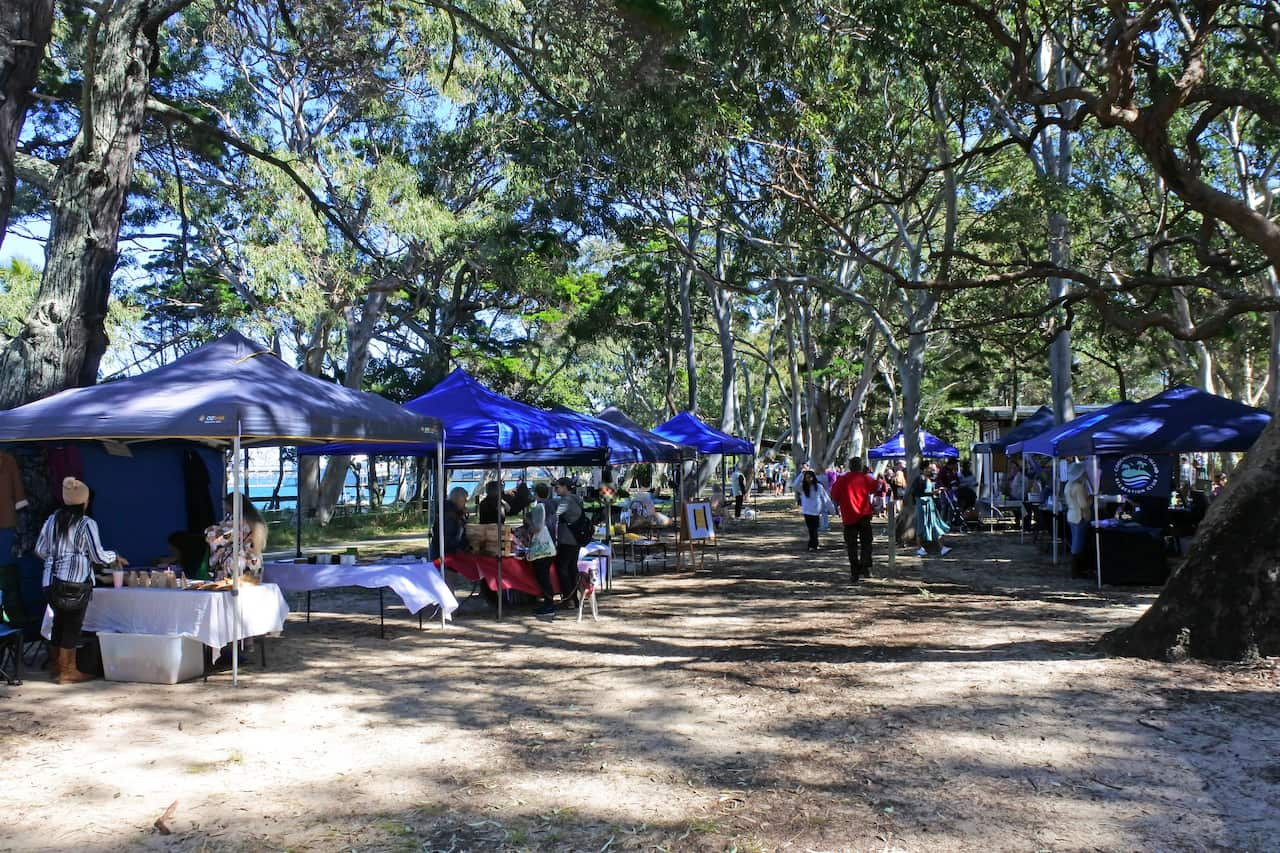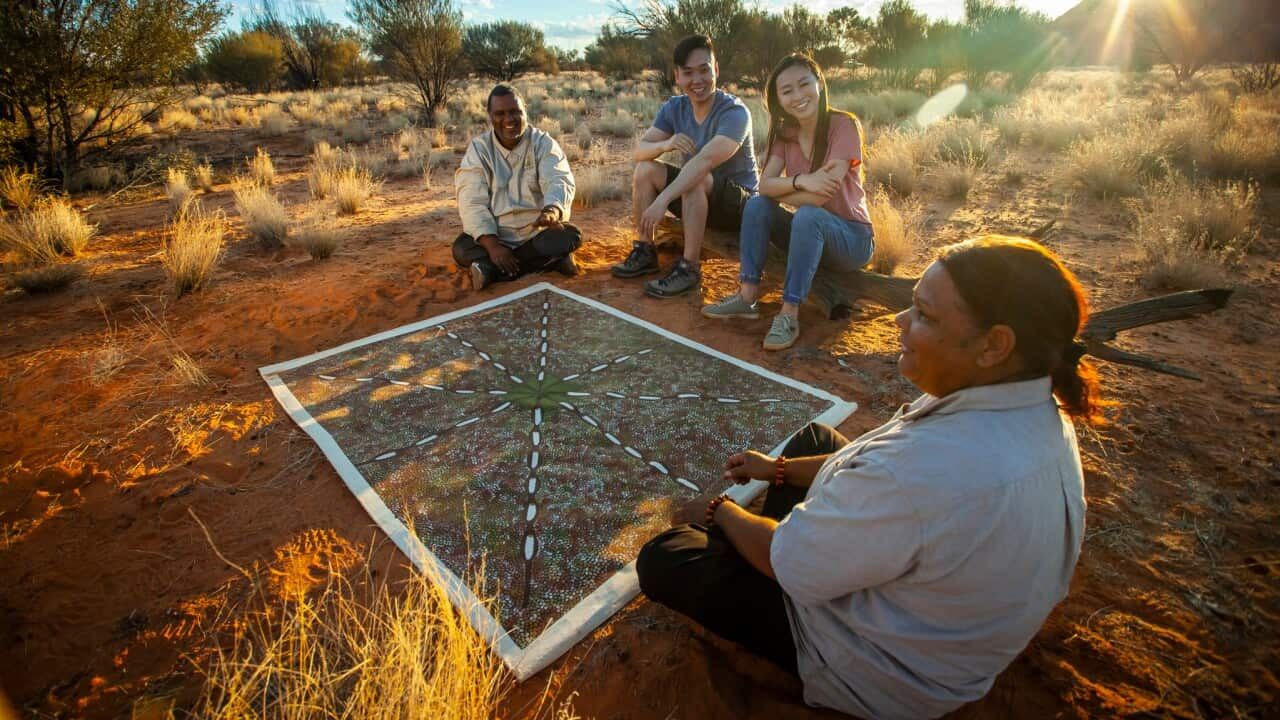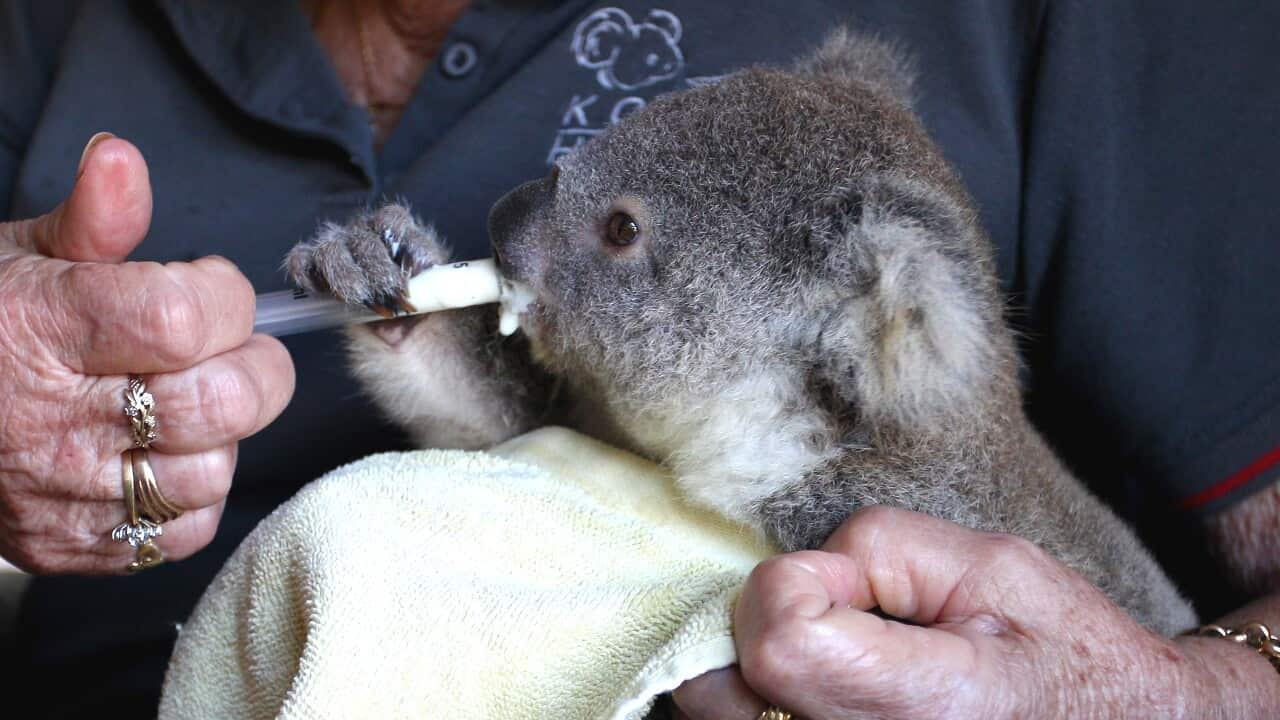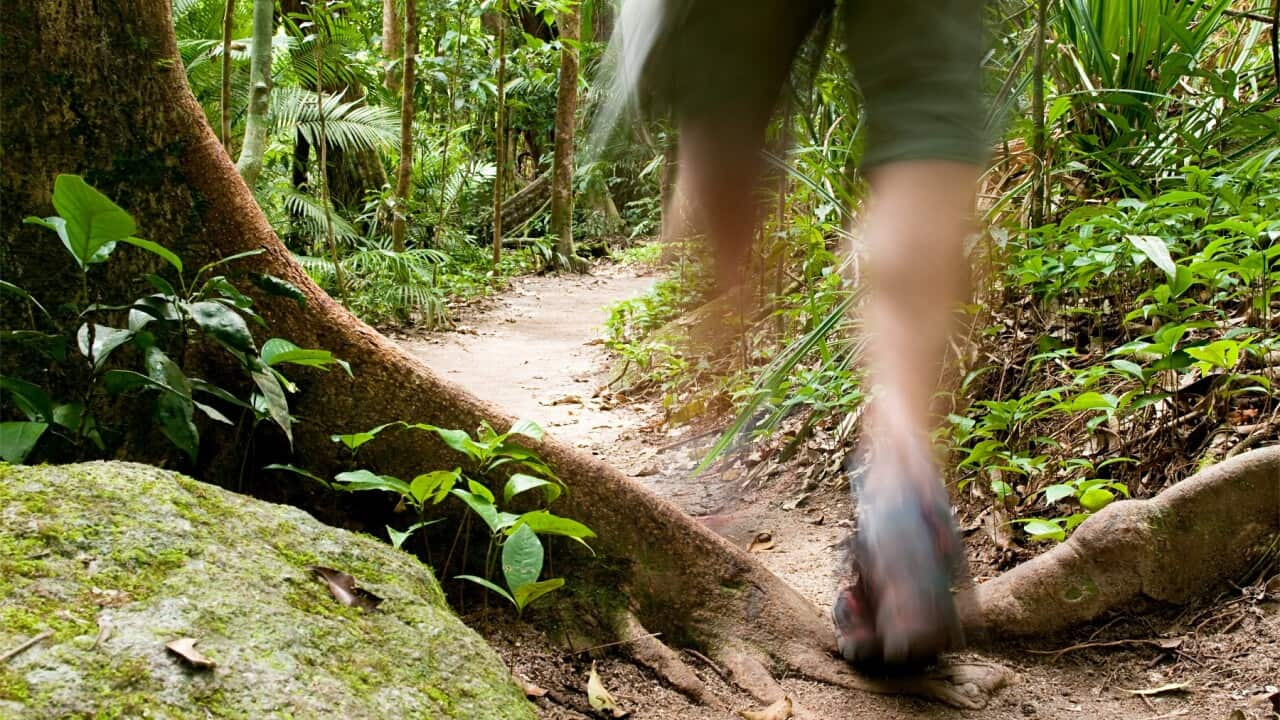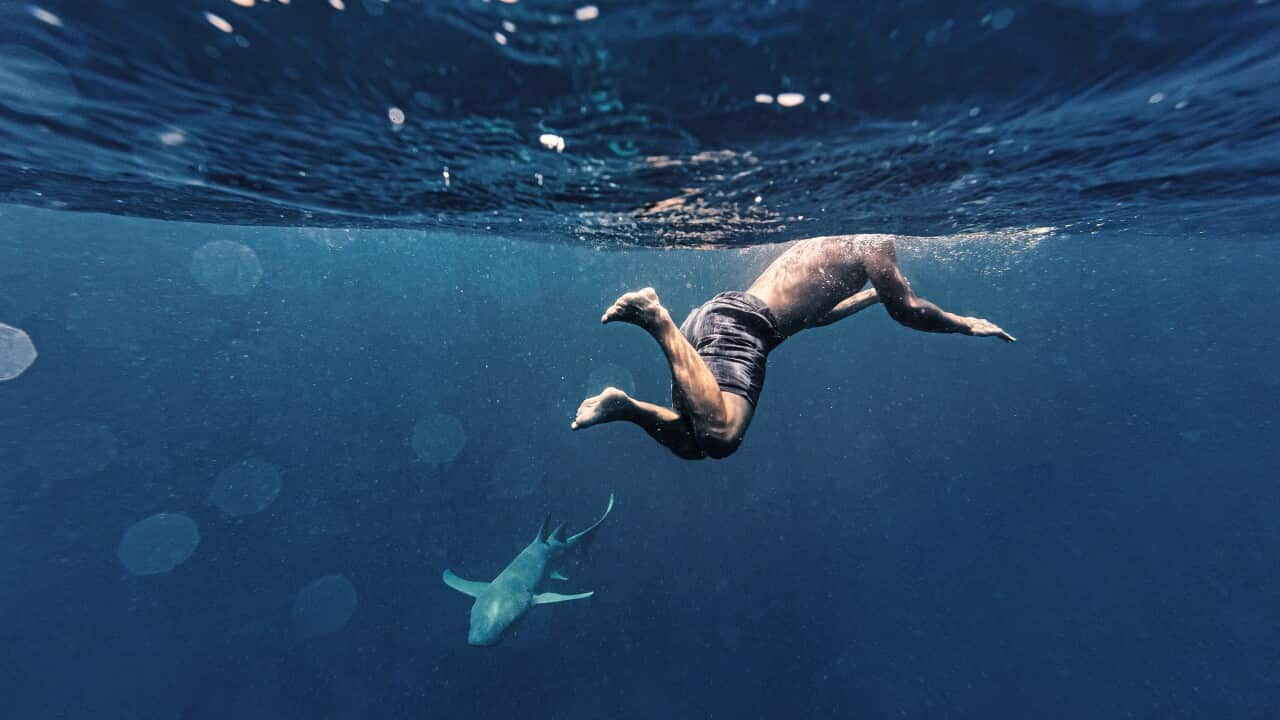Key Points
- Australia is made for road trips, but vast distances, wildlife, and remote areas mean it’s important to plan ahead.
- Bring essentials like a physical map, water, food, and a first aid kit, and be alert for animals, especially kangaroos.
- Stop at country bakeries, small towns, and national parks, and take time to enjoy Australia’s natural beauty and diverse cultures.
- Popular road trip routes include the Great Ocean Road, the Pacific Coast, Tasmania, and, for the more adventurous, the Gibb River Road or Cape York to Cairns.
Australia is vast, and sometimes the best way to understand that is from behind the wheel.
“There are so many rainforests, deserts, coastal hamlets, and islands. You really get a sense of all the different terrains and geography in Australia. And I think you're interacting with locals so you’re starting to build a bigger picture about what Australia is,” travel writer Lara Picone Fexplains.
But with that scale, and the extreme weather and wildlife, comes the need to plan ahead.
What should you consider before you head off on a road trip?
Make sure to research your route and register with a roadside assistance provider before heading off. Some areas are remote, with no phone reception or petrol stations for long stretches.
Bring a first aid kit, water, food, a phone charger, a spare tyre, and a physical map or road atlas.
“Lots of people don't have road atlases anymore and they rely on their phones, but in Australia, you might not necessarily have connection to the internet so think about that,” James Williams, Head of Policy at RACV insurance, says.
Kangaroo ka gudbaysa jidka ciid gaduudan iyo gaadhi kusoo dhow, The Kimberley, Western Australia, Australia Credit: Abstract Aerial Art/Getty Images
How to be mindful of wildlife on road trips?
In country areas, slow down and always keep an eye out for animals, especially kangaroos, which are known to jump across roads without warning. Avoid driving at dawn and dusk, when they’re most active.
If you see an animal on the road, brake firmly and do not swerve. “Don't swerve because that could mean that you hit a tree or oncoming traffic, and that's a worse outcome,” Mr Williams explains.
If you do hit an animal, pull over safely. Check that everyone is okay, and contact the state’s wildlife rescue service if the animal is injured.
What are the risks on the road?
Australia’s weather can change quickly and dramatically.
“In summer the issue is primarily bushfires and extreme heat. Heat can have an impact on batteries, particularly if you're driving an electric vehicle. But also, of course, the risk of bushfires is significant. Always be across the emergency weather app in your local state or territory,” Mr Williams says. “In winter, it tends to be issues around frost, black ice, and generally cold and wet weather and visibility issues.”
If your car breaks down in a remote area without reception, stay with your vehicle. “It's easier to find a car than a person if you’re lost,” Mr Williams says.
Wait for someone to drive by, wave them down, ask them for assistance, and ask them to call emergency roadside assistance when they have reception when they drive on.
James Williams
While most road rules are consistent across the country, there are some state-by-state variations, so it’s worth checking local guidelines before you travel.
Old hotels form a historic streetscape in the Victorian town of Rutherglen Source: iStockphoto / Bruce Wilson Photography/Getty Images/iStockphoto
Where do road trippers like to stop along the way?
There are plenty of fun and delicious options.
Small towns are full of charm and history, and the various “big things” like the Big Pineapple or Big Prawn make for fun photos.
When you’re hungry, stop at a country bakery (for a meat pie and a vanilla slice), an outback pub, a country Chinese restaurant, or a farm stall selling seasonal produce.
Toilets are available at service stations and roadside stops. And for overnight stays, there are plenty of campgrounds, hotels, and motels.
But for many, the highlight is the natural landscape and outdoor activities like swimming, fishing, bushwalking, surfing and hiking.
“On the Gibb River Road, there are lots of beautiful waterholes like Bell Gorge where you can swim in this incredibly remote rocky pool. There are no crocodiles there, but of course, you need to be careful of that anywhere around the top of Australia,” Ms Picone recommends.
When Melissa Carbonell Fullerton first moved to Australia from Colombia, she was surprised by how easy and safe road-tripping felt.
It was so safe to just stop anywhere; all the way from camping grounds to anywhere along the roads.
Melissa Carbonell
Now a seasoned road tripper, she regularly hits the road with her young family. “You immerse yourself a bit better with the country and the people too,” Melissa says.
Weekend market on Coochiemudlo Island is a popular travel scenic destination in Moreton Bay near Brisbane Queensland, Australia Credit: chameleonseye/Getty Images
Understanding the country’s diversity
Road trips can also be a powerful way to experience Australia’s cultural diversity.
“If you’re in Darwin, for example, that's a really multicultural city and there's a lot of Asian influences, almost like an Asian city. You go down to the Mindil Beach Market at nighttime and watch the sunset and get all those beautiful foods,” Ms Picone says.
“All the way down to the interior of the outback where it's very typically Australian and you’ve got your beautiful outback pubs. It's a really good way to start to unravel the various cultures in the country.”
Look into First Nations tourism experiences along the way for a deeper connection to Country and culture.
Driving on a road trip in Australia. Source: iStockphoto / Handemandaci/Getty Images/iStockphoto
Where should you road trip?
For beginner-friendly road trips, Ms Picone suggests these options: “There’s the Great Ocean Road down in Victoria which is a beautiful coastline to travel. There is also the Pacific Coast which goes from Brisbane to Sydney and there are lots of beachy towns along the way. Tassie is a great spot for road trips because it's not very big, it's like a European country, you only need to be driving for two hours at a time to see some different landscapes.”
Or, if you’re feeling more adventurous, she recommends the Cairns to Cape York route in Far North Queensland, the Gibb River Road in Western Australia, or The Murray, which spans from Victoria to New South Wales.
For more ideas, visit Tourism Australia or your state or territory’s official tourism site; many have detailed road trip guides and planning tools. Subscribe to or follow the Australia Explained podcast for more valuable information and tips about settling into your new life in Australia.
Do you have any questions or topic ideas? Send us an email to australiaexplained@sbs.com.au
